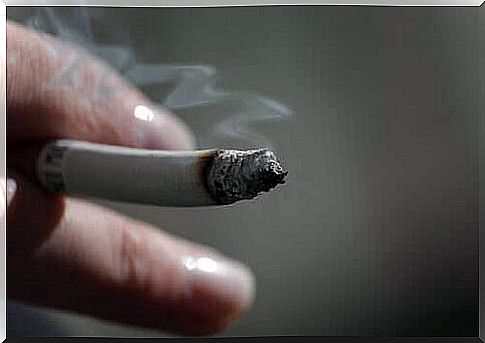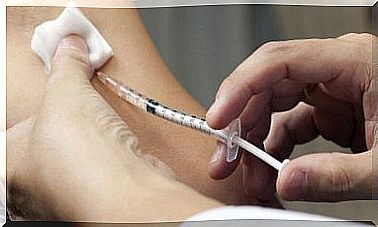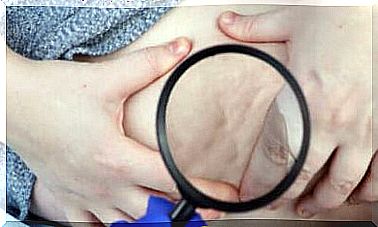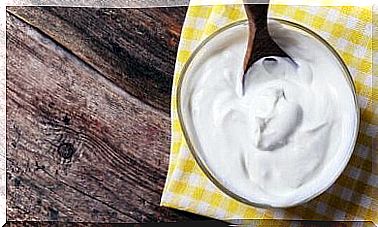How Does Tobacco Affect The Skin?
Tobacco affects the skin in many ways. This substance considerably degrades the appearance of the skin and promotes premature aging. Tobacco can also be the cause of serious skin diseases such as skin cancer.

Tobacco affects the skin of smokers, but also that of those who passively receive the smoke. And this is due to the fact that tobacco contains around 4000 toxic compounds, of which at least 300 are considered very dangerous and can cause skin conditions.
If we hear that tobacco affects the skin, it is partly because it is responsible for certain unsightly brands. Even though it affects the skin all over the body, its negative effects are most noticeable on the face. There is even a typical “smoker’s face” model.
But the effects of tobacco on the skin are not limited to the appearance of the skin. Tobacco is also responsible for serious skin diseases such as skin cancer. The good news is that the harmful effects of tobacco are reversible in the medium to long term if the smoker stops smoking on time.
How does tobacco affect the skin?

The first biological effect of tobacco on the skin is due to the increase in free radicals. These chemicals damage the cell membrane. They can even alter genetic information and cause anomalies in the arterioles of the dermis and epidermis.
In this context, the irrigation and nutrition of the skin is compromised. The skin is then deprived of oxygen and essential nutrients, which leads to dehydration and skin dryness. Nicotine also contains vasopressin, a compound that increases blood pressure and lowers the amount of estrogen. When there is very little estrogen, the dryness increases.
In addition, tobacco consumption decreases the absorption of vitamin A and alters elastin as well as collagen. The result of all these changes is as follows: dry, poorly luminous skin and pronounced wrinkles.
The face takes on a yellowish / grayish color and the cheekbones become more prominent. Purplish spots may also appear. The hair is also affected by the effects of tobacco: it becomes drier and brittle.
Premature aging
Premature aging is one of the most obvious manifestations of the harmful effects of tobacco. This effect is more visible in women than in men, and it becomes more intense after the age of 39.
Smokers’ wrinkles are different from those of non-smokers. The furrows are narrower, deeper and more pronounced. Their contours are also more marked. According to some sources, the wrinkles of some smokers between the ages of 40 and 49 are similar to those of non-smokers between the ages of 60 and 70.
Wrinkles are generally more pronounced around the eyes and on the upper lip. This observation is related to facial expressions during the act of smoking. Premature aging is mainly due to the fact that tobacco causes the accumulation of elastin residues on the dermis, which causes the degeneration of collagen, then the formation of wrinkles.
Smoking harms the scarring of the skin

Scarring problems are other damage that tobacco causes to the skin. The smoke impairs tissue oxygenation, decreases blood circulation and poisons the blood. As a result , wounds, especially surgical wounds, take longer to heal.
The evolution of the state of health of smokers who suffer from chronic ulcers, especially in the lower limbs, is more unstable. Likewise, the healing of ulcers in these people is more difficult. People who smoke one pack of cigarettes a day are three times more likely to develop necrosis at the injury level compared to non-smokers.
Other tobacco-related skin problems
A large number of skin diseases are caused by tobacco or are aggravated by tobacco. Among these skin diseases are:
- Alopecia or hair loss
- Psoriasis
- Hidradenitis suppurativa
- Chronic eczema on the hands
Tobacco is also responsible for the yellowish color that the fingernails and fingers take on. The same goes for the teeth: bacterial plaque increases.
In addition, the heat of the cigarette in the mouth causes repeated microaggression which, over time, can lead to lip cancer. 80% of people who suffer from this cancer smoke.
Finally, tobacco is also a potential generator of non-melanoma skin cancer. More specifically, it can cause the appearance of squamous cell carcinoma, a disease doubly common in smokers. It can also cause cancer of the oral mucosa and increase the risk of metastasis.









